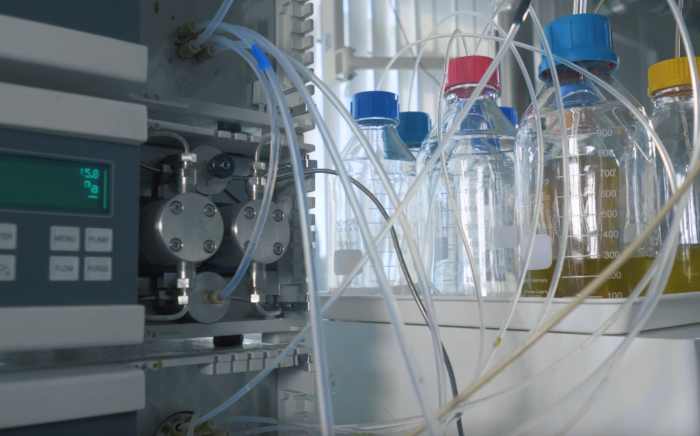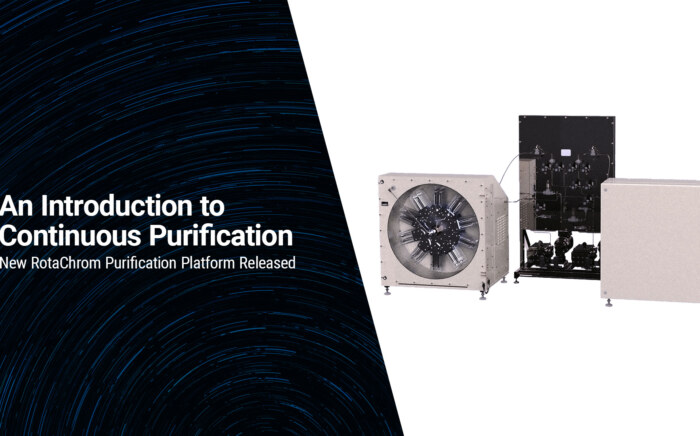Addressing pH Issues in Chromatography: From Solid-Phase to Liquid-Liquid Separations
Education, NewsCentrifugal partition chromatography (CPC) has emerged as a highly effective and efficient preparative chromatographic technique, gaining popularity among scientists, researchers, and laboratory technicians. Utilizing two immiscible liquid solvent systems as both stationary and mobile phases, CPC separates sample components based on their partition coefficients. The following are key principles and advantages that position CPC as an essential tool in scientific endeavors:
Principles of CPC
- Partition Coefficient (Kd): CPC relies on the equilibrium constant for the distribution of a compound in a two-phase system.
- CPC Cells and Rotor: Interconnected cells in a series form the CPC system, linked to a rotor. The liquid stationary phase is immobilized by centrifugal force, while the mobile phase, containing the sample, is pumped into the rotor.
- Separation Mechanism: Sample components are separated based on varying partition coefficients, with higher coefficients leading to greater retention in the stationary phase.
Advantages of CPC
- Simple Separation Mechanism: CPC’s simplicity facilitates method development and scalability.
- High Loadability and Recovery: CPC allows for high recovery with no sample loss due to irreversible adsorption.
- No Solid Stationary Phase: Eliminating the need for a solid phase simplifies the method and reduces costs.
- Minimized Solvent Consumption: CPC is a cost-effective solution with reduced solvent requirements.
- Versatility: CPC can separate a wide range of compounds, making it suitable for applications in biotechnology, pharmaceuticals, and more.
RotaChrom’s Contribution to CPC
RotaChrom has revolutionized preparative purification with an industrial-scale CPC method. Unlike traditional liquid chromatography, this innovative system doesn’t rely on a solid stationary phase like silica gel, offering highly accurate molecular separation. The results surpass conventional liquid chromatography in terms of yield and purity, and RotaChrom’s platforms reduce downstream method development costs and steps significantly. This advancement provides an effective solution for diverse purification challenges.
Further Resources
For those interested in exploring chromatography and separation techniques, RotaChrom offers comprehensive resources. Whether purifying proteins, nucleic acids, or small molecules, CPC proves to be a powerful and versatile solution, aligning with research goals. To delve deeper into the advancements and applications of CPC, you can explore RotaChrom’s resources through the provided links.



